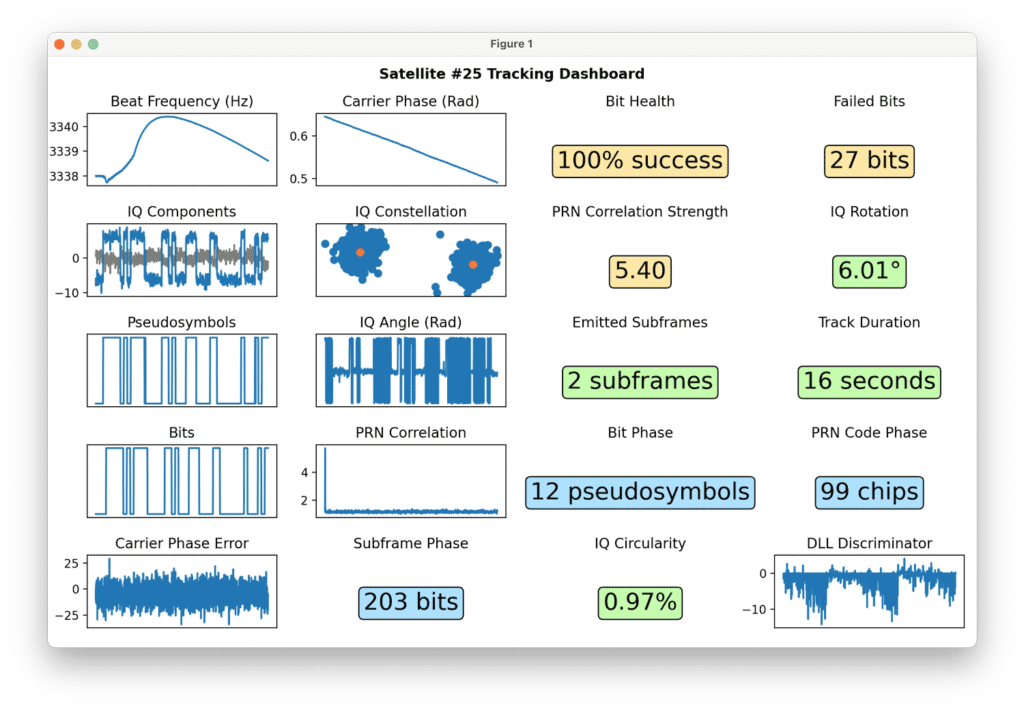Exploring HD Radio and Other Signals While on Holiday
Over on his YouTube channel, Simon has uploaded a video showing how while on holiday he was able to explore the various HD Radio stations available around the USA.
If you are in the USA, you might recognize HD Radio (aka NRSC-5) signals as the rectangular looking bars on the frequency spectrum that surround common broadcast FM radio signals. These signals only exist in the USA and they carry digital audio data which can be received by special HD Radio receivers. Earlier in 2017 a breakthrough in HD Radio decoding for SDRs like the RTL-SDR was achieved by Theori when he was able to piece together a full HD Radio software audio decoder that works in real-time. Nowadays you can use software like HDFM - HD Radio GUI to easily receive HD Radio with an RTL-SDR.
In his video Simon shows the various HD Radio signals he found while on holiday, and also shows some of their secondary features, including traffic data, and weather radar maps. Interestingly he also spots HD Radio in the AM bands, but finds his signal is not strong enough to decode.
The rest of the video explores other signals he finds such as a studio link, and TV audio signals.

